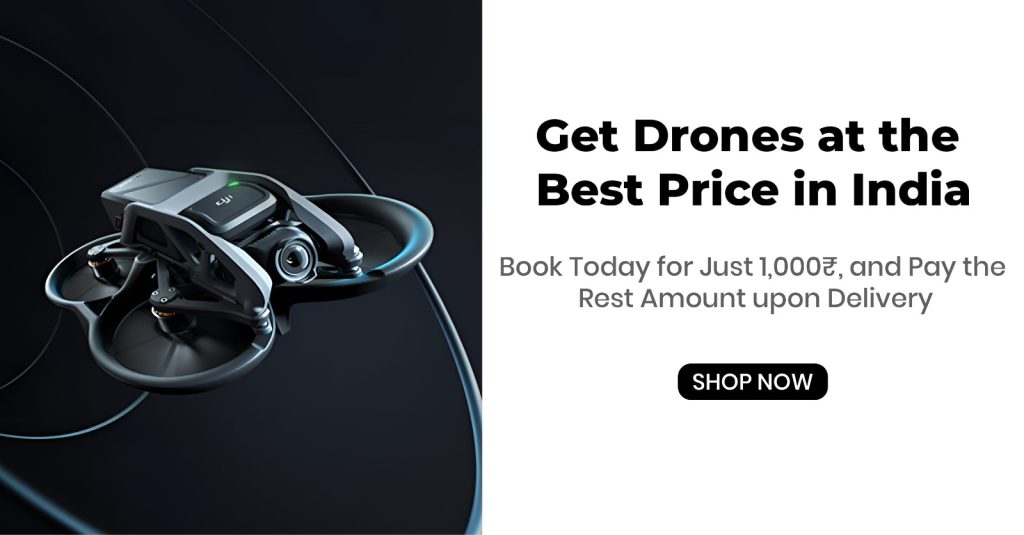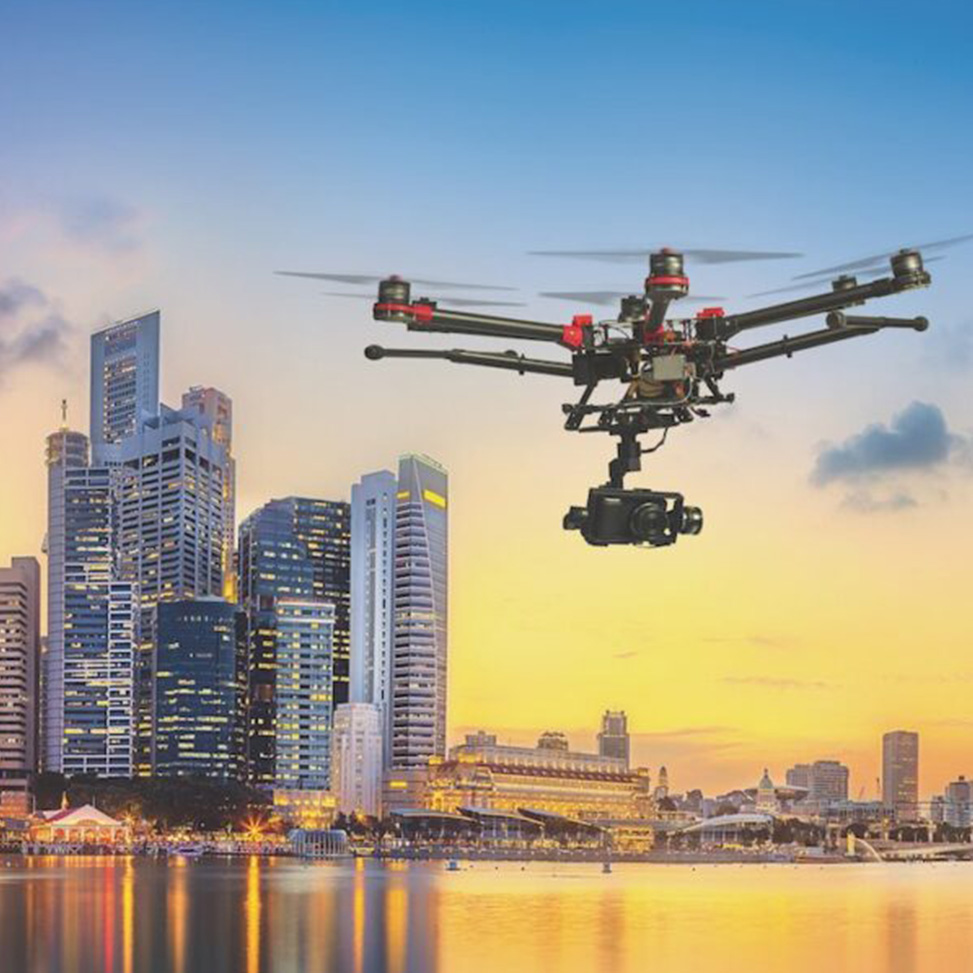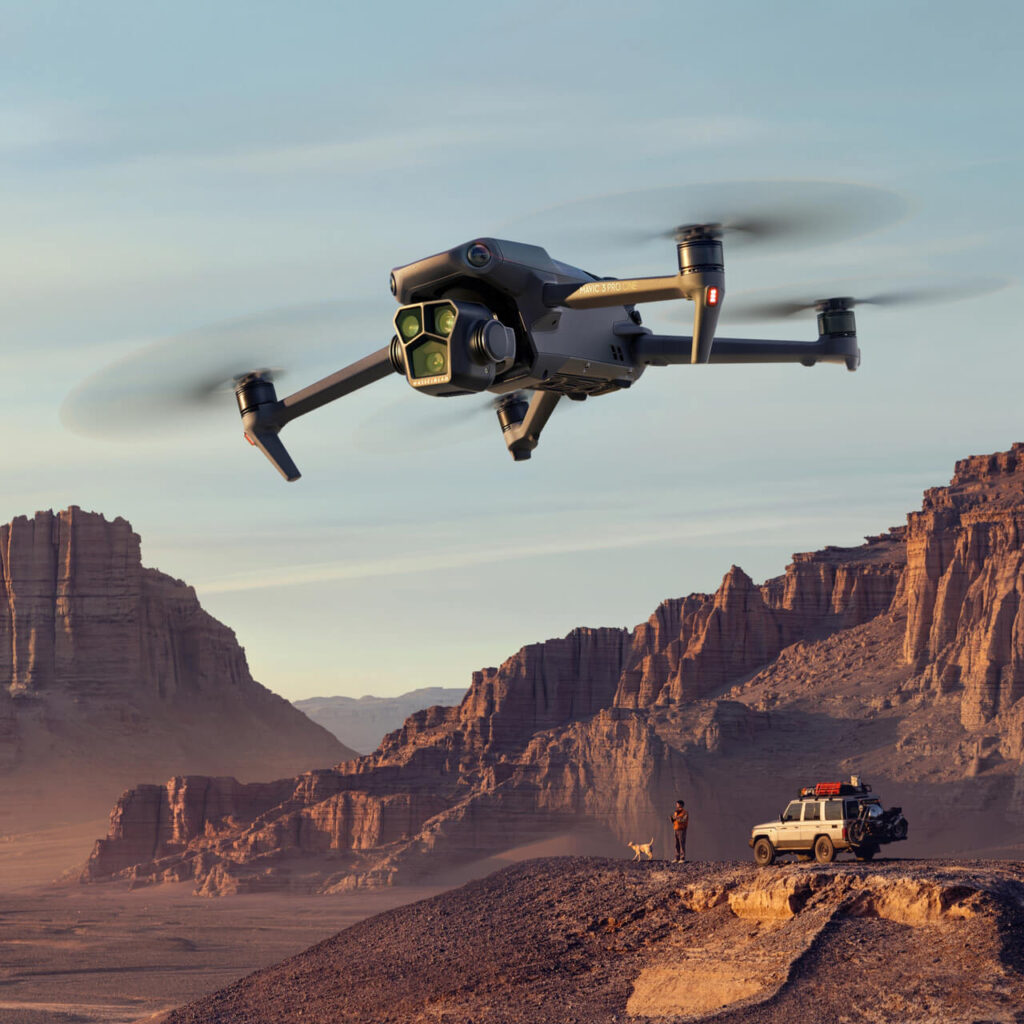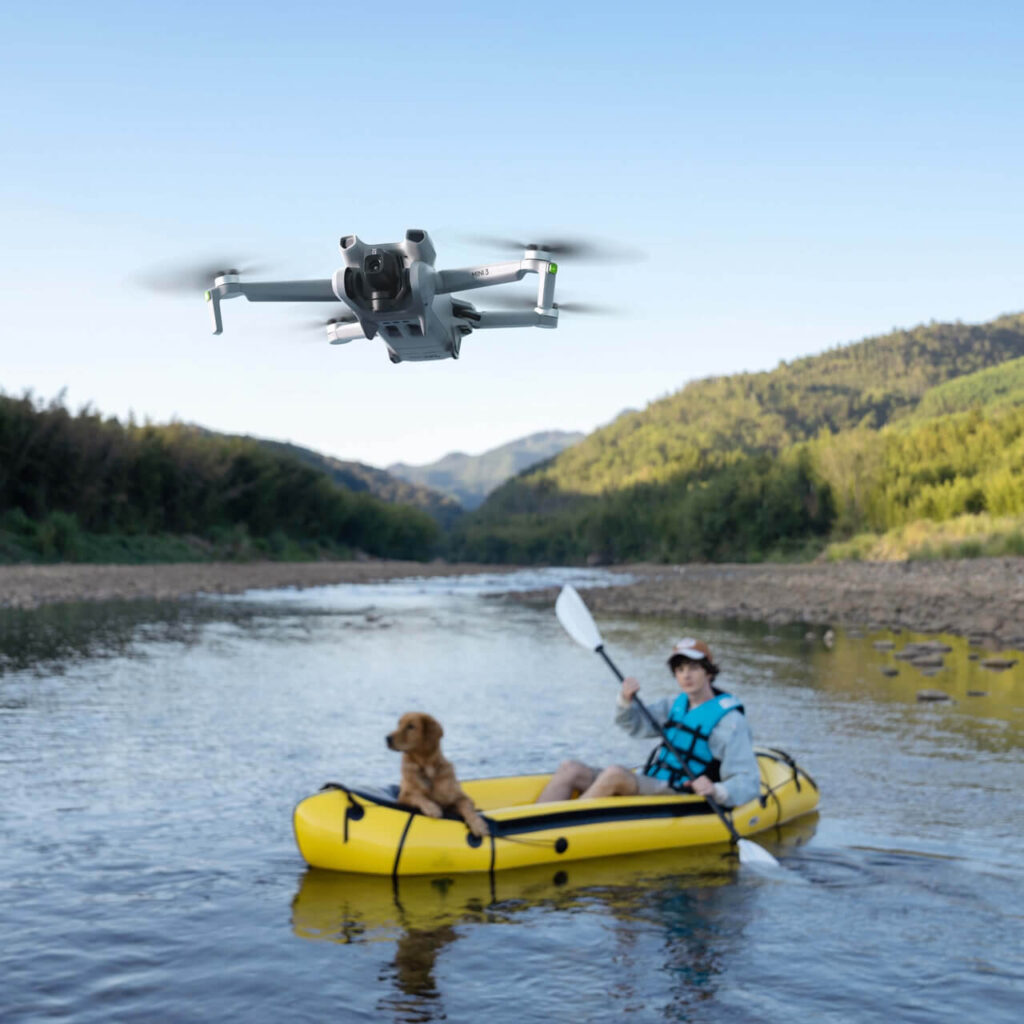Introduction
In recent years, the world of photography and videography has seen a remarkable transformation with the emergence of drones. These unmanned aerial vehicles have revolutionized the way we capture images and videos, offering unique perspectives and unlocking creative possibilities that were once unimaginable. In this blog post, we will delve into the fascinating world of drones for photography and videography, exploring their benefits, challenges, and the latest trends that are reshaping the industry.
What are Drones and How are They Used for Enterprise Drones
Drones, also known as unmanned aerial vehicles (UAVs), are remote-controlled aircraft equipped with high-resolution cameras. They enable photographers and videographers to capture aerial shots and dynamic footage from previously unattainable heights and angles. With their agile maneuverability and advanced stabilization systems, drones have become invaluable tools for professionals and enthusiasts alike.

Benefits of Using Drones for Photography and Videography
The benefits of using drones for photography and videography are numerous. Firstly, drones provide a bird’s-eye view, allowing photographers and videographers to capture breathtaking aerial shots that convey a sense of scale and perspective. From sweeping landscapes to architectural wonders, drones can capture it all with stunning clarity.
Secondly, drones offer unparalleled mobility. They can navigate through tight spaces, fly over obstacles, and reach remote locations with ease. This flexibility empowers creators to explore new horizons, uncover hidden gems, and tell stories from unconventional vantage points.
Moreover, drones are relatively affordable compared to traditional methods of aerial photography and videography, such as helicopters or cranes. This accessibility has democratized the field, enabling aspiring artists to enter the realm of aerial imagery without breaking the bank.
Challenges of Using Drones for Photography and Videography
While drones offer incredible opportunities, they also present unique challenges. One significant hurdle is the learning curve associated with piloting a drone effectively. Operating a UAV demands both technical expertise and a deep understanding of airspace regulations and safety protocols. Aspiring drone photographers and videographers must invest time in mastering the art of flying before focusing on capturing compelling visuals.
Additionally, drones have limited battery life and flight duration. This constraint requires careful planning and the need to carry spare batteries or power sources to ensure uninterrupted shooting sessions. Furthermore, weather conditions such as wind and rain can affect the drone’s stability and compromise image quality, making it crucial to choose suitable flying conditions.
The Best Drones for Photography and Videography
When it comes to choosing a drone for photography and videography, several options stand out in the market. The DJI Phantom 4 Pro V2.0 and the DJI Mavic 2 Pro are among the top choices, offering exceptional image quality, intelligent flight modes, and robust performance. Other notable contenders include the Autel Evo II and the Parrot Anafi, which provide unique features catering to specific needs.
When selecting a drone, it is essential to consider factors such as camera quality, flight time, range, stability, and the availability of advanced features like obstacle avoidance and subject tracking. Assessing your requirements and budget will help determine the best drone suited to your creative vision.
Tips for Taking Great Drone Photos and Videos
To make the most of your drone photography and videography endeavors, here are a few tips to keep in mind:
Compose your shots thoughtfully: Consider the principles of traditional photography, such as the rule of thirds and leading lines, to create visually appealing compositions. Experiment with different angles and perspectives to add depth and interest to your shots.
Use the right settings: Adjust your camera settings to capture images in RAW format for maximum editing flexibility. Optimize exposure, shutter speed, and ISO settings based on the lighting conditions to achieve well-balanced and sharp visuals.
Avoid common mistakes: Be mindful of your surroundings and the rules and regulations governing drone usage in your area. Respect privacy and airspace restrictions, and practice safe flying techniques to prevent accidents and ensure a positive drone experience for everyone.
The Latest Trends in Drone-based Photography and Videography
The world of drone-based photography and videography is ever-evolving, and several exciting trends are shaping the industry. From advanced AI-powered flight modes and improved obstacle avoidance systems to the integration of augmented reality (AR) and virtual reality (VR) technologies, drones are pushing the boundaries of creativity and storytelling. Additionally, the growing popularity of live streaming and FPV (First-Person View) racing opens up new avenues for immersive experiences and adrenaline-fueled aerial adventures.
Conclusion
Drones have undoubtedly transformed the art of photography and videography, empowering creators to capture awe-inspiring visuals and tell stories from new perspectives. With their ability to explore the skies and navigate challenging environments, drones have become indispensable tools for professionals and enthusiasts alike. By keeping up with the latest trends, honing your piloting skills, and embracing the limitless creative possibilities, you can embark on an exhilarating journey that takes your visual storytelling to new heights.
So, whether you’re an aspiring aerial artist or an established professional, it’s time to unleash your creativity and elevate your photography and videography with the incredible world of drones. Take flight and capture the world from a whole new perspective!




